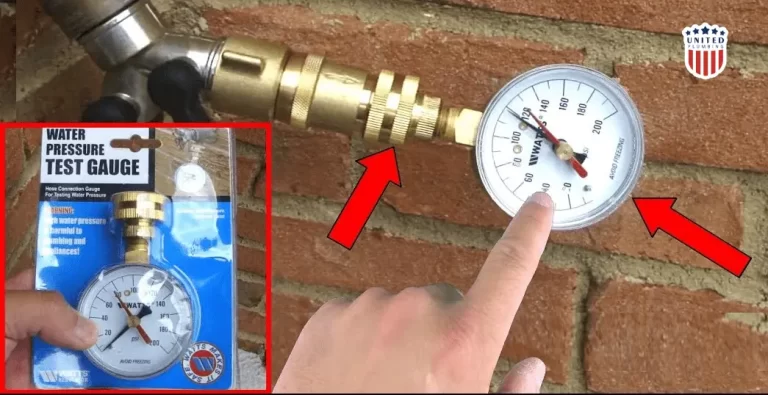How do you know if your pressure reducing valve – PRV valve is bad?
In a whole house pressure system, the Pressure Reducing Valve (PRV) plays a crucial role in maintaining a safe and controlled water pressure throughout your plumbing network. However, like any mechanical component, PRV valves can deteriorate over time, leading to potential problems. This article will explore how to identify signs of a faulty PRV valve, its average operating time, and the consequences of neglecting its maintenance. Additionally, we will discuss the recommended pressure levels for plumbing fixtures and provide guidance on checking and adjusting your PRV valve.

Average Operating Time:
PRV valves are designed to last for several years, but their lifespan can be affected by factors such as water quality, system usage, and maintenance. On average, a well-maintained PRV valve can operate effectively for 10-15 years. Regular inspections and preventive measures can significantly extend the life of the valve.
Consequences of a Faulty PRV Valve:
Water Heater Failure:
One of the primary consequences of a malfunctioning PRV valve is increased water pressure. Elevated pressure can put excessive strain on your water heater, leading to leaks, burst pipes, and premature failure of the heating element. Regularly checking and maintaining your PRV valve can prevent such issues and extend the life of your water heater.

Potential Explosions:
When water pressure exceeds the recommended levels, it can lead to catastrophic consequences. Pipes, fixtures, and appliances connected to the plumbing system may be at risk of bursting or exploding. This not only poses a significant safety hazard but can also result in costly damages to your property.
Recommended Pressure adjustment:
Plumbing fixtures, including uplines and downstream appliances, are typically designed to operate within a pressure range of 60-80 psi (pounds per square inch). Exceeding this range can lead to the issues mentioned above. It is essential to maintain pressure within the recommended limits to ensure the longevity and proper functioning of your plumbing system.

How to Check and Adjust the PRV Valve:
Visual Inspection: Begin by visually inspecting the PRV valve for any signs of leaks, corrosion, or physical damage. Ensure that the valve is properly installed and that all connections are secure.

Pressure Gauge: Attach a pressure gauge to a faucet or hose bib downstream from the PRV valve. This will help you measure the current water pressure in your system.

Replacement: If the PRV valve is severely damaged or cannot be adjusted within the recommended range, it may be necessary to replace the valve. Consult a professional plumber for assistance if needed.
Conclusion:
Regular inspection and maintenance of your PRV valve are crucial for preventing potential disasters associated with high water pressure. By understanding the average operating time, consequences of a faulty valve, and recommended pressure levels, homeowners can take proactive measures to ensure the safety and efficiency of their whole house pressure system. Always refer to the manufacturer’s guidelines and seek professional assistance if you encounter any issues with your PRV valve. Remember, a small investment in maintenance can save you from costly repairs and potential hazards in the long run.
Post views: 1366

